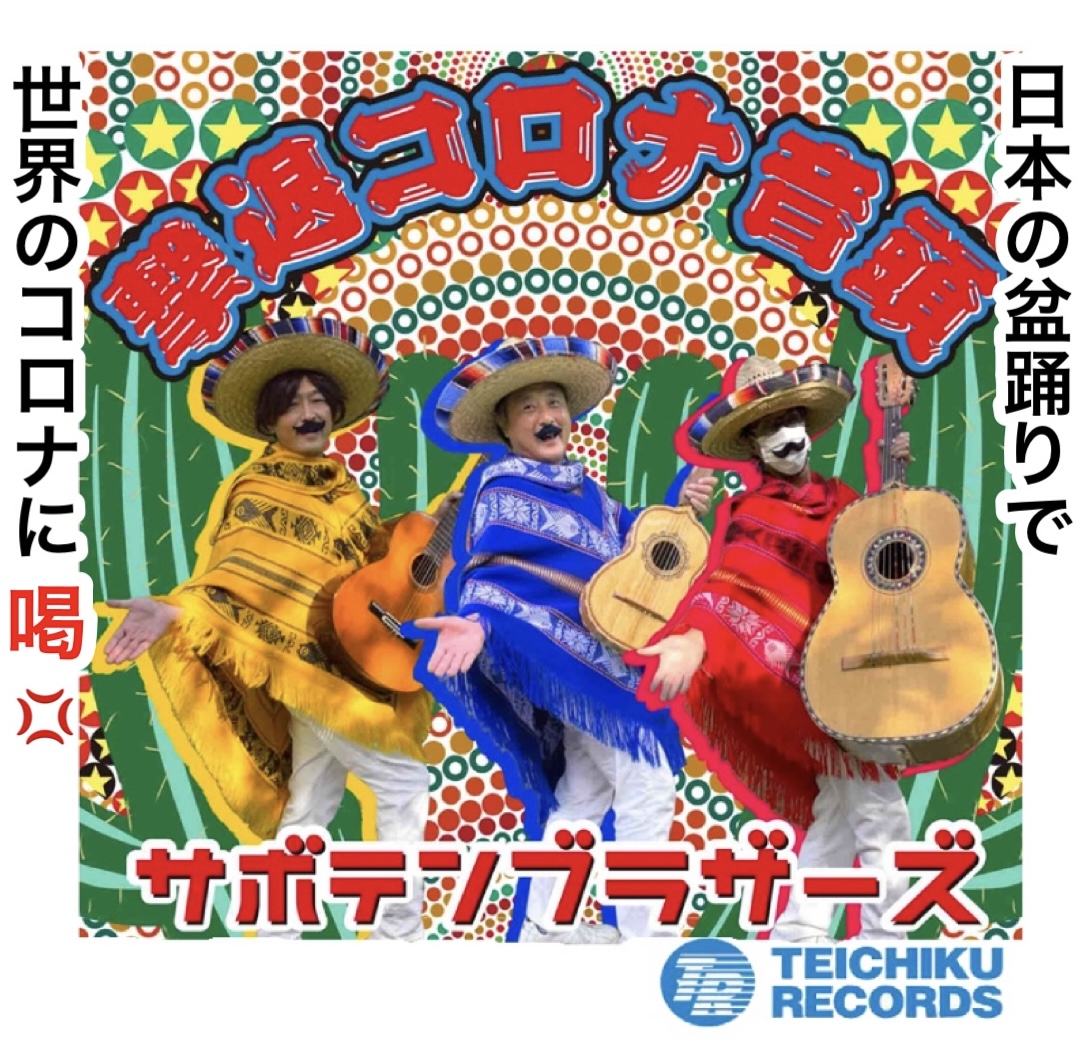ピアノの道
vol.2 音と言う現象に学ぶこと
2019-01-23
“If a tree falls in a forest and no one is around to hear it, does it make a sound?(一本の木が森の中で誰にも聞かれず倒れた時、その木は音を立てたことになるのか?)” 英語で良く問われる修辞疑問です。哲学や物理はさておき、私は音楽と言うものは人と人との間にしか存在しないと思っています。でも音楽の話しをする前にまず音の話しから始めましょう。
ご存知の通り、音波が鼓膜に振動を伝えることで我々は音を知覚します。音波は鼓膜に届かなくても空気を震わせ、音波を通さない表面に当たれば反射し、だんだん弱まっていずれ消えゆくまで旅をします。ピアノの鍵盤に触れる時、私は音波を発信している、と言うことを意識しています。私が発信する音波が聞いてくださる人の鼓膜だけでなく、その人の周りの空気を伝わって肌に触れ、肌の表面を震わせる...そう思うと無造作には鍵盤に触れられません。私は良く生徒に「赤ちゃんの肌を触れるように鍵盤に触って」と言う言い方をします。そうすると愛おしい気持ちが自然と湧いてくるからです。音楽の内容上、激しく弾くことが必要な場合でも、強い抱擁とか、守るために必要なひと押しとか、そういう事をイメージしています。
ピアノと言う楽器の構造上、私の指が鍵盤を沈めてからハンマーが弦を叩くまでにいくつもの複雑なからくりが作動します。でも、鍵盤の表面から私の指肌に弦の震えが伝わってくるんです!さらに不思議な事に、同じピアノで同じ状態で同じホールで同じ曲を弾いても、ピアニストが変わると出てくる音が全然変わるんです!構造上、科学的に言えば、ピアノの音色を変えるのは鍵盤が下りる速度と重さだけのはずです。でもそれでは絶対に説明が不可能な、ちょっと意図や意識を変えただけで変わる音色と言うのがピアノにはあるんです。物理学者に言うと笑われてしまうかも知れませんが、私は「タイミングのつぼ」みたいなものがあると思っています。世の中には音波以外の波長の様なものが在って、その波長に合うタイミングで発音した音は良く伸びる、とかまあそんな感じです。
音波の波長が合うコンビと、ぶつかり合う波長のコンビがあります。これが協和音と不協和音です。波長が合うコンビ(協和音)はお互いの波長を増長して、響きが膨れて伸びていきます。波長がぶつかり合うコンビ(不協和音)はお互いの波長がぶつかり合って、邪魔し合います。普通に考えたら協和音が良くて、不協和音が悪いように思いますよね。でも音楽では不協和音が無いって在りえないんです。不協和音が解決して協和音になることで、発展とドラマが生まれます。人間関係に似ていますよね。
This is an English translation of an article that was published in Nikkan San on January 24, 2019. It was a part of my column, “The Way of the Pianist.
“If a tree falls in a forest and no one is around to hear it, does it make a sound?” The common query that often comes up in our everyday conversation has complicated layers that extends from philosophy to metaphysics.
Putting the physics of sound and physiology of sound perception aside, I’ve always held the view that music exists only between people. But today, I’d like to talk about sound before music.
As you know, we perceive sound when the sound waves vibrate our ear drums. Sound waves vibrate the air that it travels through. When it reaches things beside our ear drums, it bounces back if the surface is hard, or penetrates it when soft. With the distance it travels, every encounter, the waves get weaker until eventually it ceases to exit.
When I play the piano, I think about the sound waves I am generating. I think about the waves reaching not only the listener’s ear drums, but their skin, and the air around them. The awareness makes piano playing very intimate, making me approach the keys with care. I often tell my students to “touch the keys like you would a baby’s skin.” That heightens my students’ awareness on the tactile sensation of piano playing, and the sound that they produce. When the music demands a faster, harder touch, I imagine things like a passionate hug or a necessary push to save someone.
The mechanism of the piano allows my touch to transmit to the hammers that hit the strings only indirectly. If you know how many mechanical parts there are before my playing actually translates to sounds, you would be surprised that I still feel the key surfaces vibrating as the strings vibrate, generating the sound waves. Even more wondrous is the fact that even on the same piano, in the same hall, with the same piece, when the pianist changes, the instrument produces very different sounds. It is often inexplicable scientifically. The only thing that SHOULD effect the sound that comes of of a piano is the speed and the weight with which the keys go down. But there are so many variations to the tone colors that are inexplicable this way. I think there are other waves in the air that influences the way the sound wave travels and are perceived. Our bodies and emotions may generate waves, time, even the current events…all in butterfly effects creating the sound world that perceive and appreciate.
There are waves that synchronizes, creating synergy and allowing each other to travel further. In sound waves, these are consonances. Then, there are waves that clash with each other, that disturb each other. These become dissonances in sound waves. You may think that consonances are good and dissonances are bad. But in music, we need both. If you only have consonances, then it becomes static. Dissonances create momentum in the music, because of its needs for resolution. It drives the development of music, just as in any human relationships, and communications.
※コラムの内容はコラムニストの個人の意見・主張です。

 日本生まれ。香港育ち。ピアノで遊び始めたのは2歳半。日本語と広東語と英語のちゃんぽんでしゃべり始めた娘を「音楽は世界の共通語」と母が励まし、3歳でレッスン開始。13歳で渡米しジュリアード音楽院プレカレッジに入学。18歳で国際的な演奏活動を展開。世界の架け橋としての音楽人生が目標。2017年以降米日財団のリーダーシッププログラムのフェロー。脳神経科学者との共同研究で音楽の治癒効果をデータ化。音楽による気候運動を提唱。Stanford大学の国際・異文化教育(SPICE)講師。
日本生まれ。香港育ち。ピアノで遊び始めたのは2歳半。日本語と広東語と英語のちゃんぽんでしゃべり始めた娘を「音楽は世界の共通語」と母が励まし、3歳でレッスン開始。13歳で渡米しジュリアード音楽院プレカレッジに入学。18歳で国際的な演奏活動を展開。世界の架け橋としての音楽人生が目標。2017年以降米日財団のリーダーシッププログラムのフェロー。脳神経科学者との共同研究で音楽の治癒効果をデータ化。音楽による気候運動を提唱。Stanford大学の国際・異文化教育(SPICE)講師。








